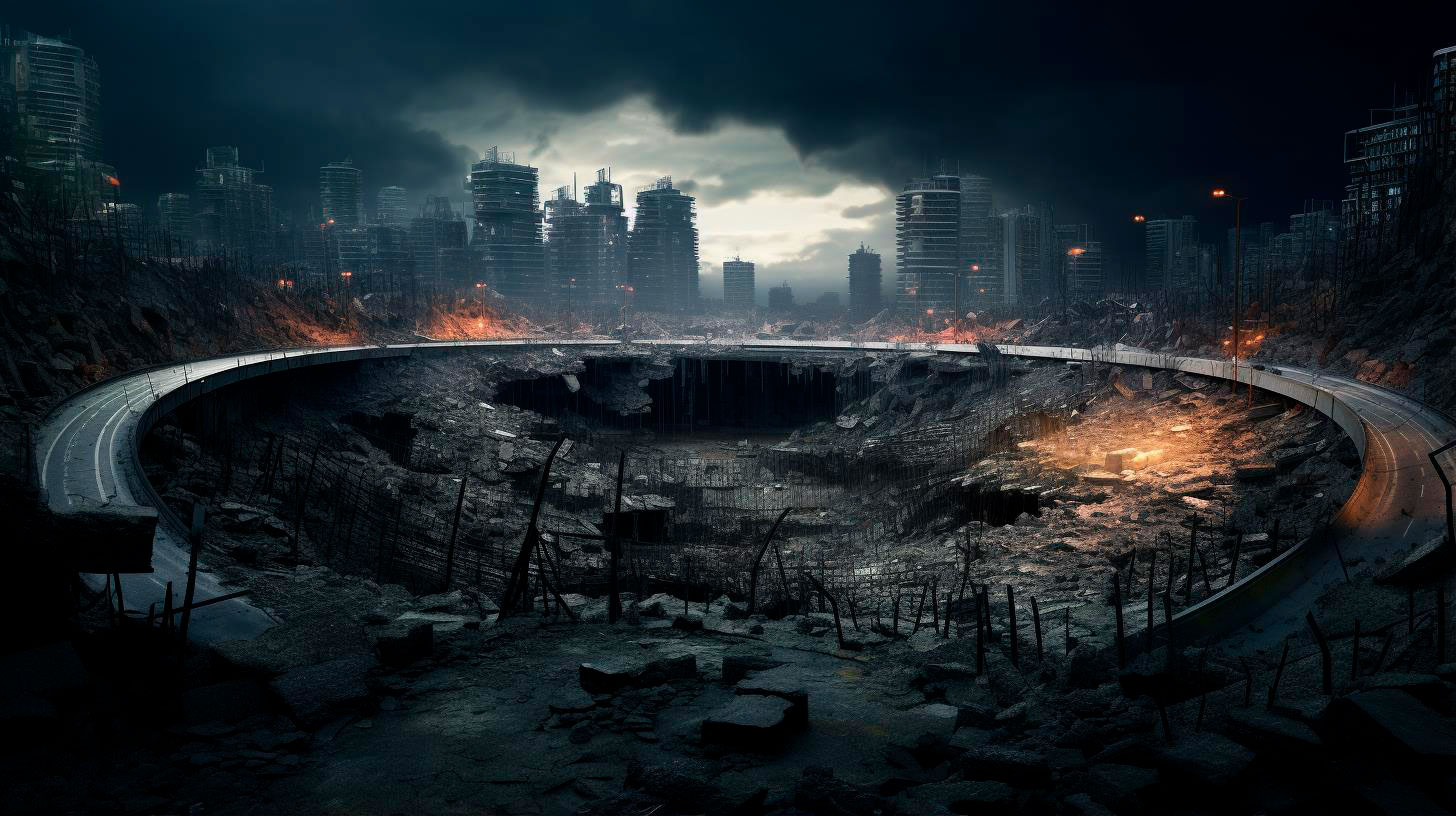In this article, we will delve into the potential concerns and explore ways to mitigate these risks.
The Connection Between Tectonic Movements and Seismic Risks
Geothermal power plants tap into the Earth’s geothermal reservoirs by drilling deep into the ground, where hot rocks and underground water can be found. These sites are frequently located in areas with high tectonic activity, such as geothermal fields around volcanic regions or near fault lines. While these locations offer the ideal conditions for geothermal energy production, they also pose potential risks related to tectonic movements and seismic activities.
Tectonic movements occur when the Earth’s crust shifts due to the movement of tectonic plates. This movement can result in earthquakes, volcanic eruptions, or other geological events. In areas with nuclear installations and geothermal plants, these tectonic movements can present significant challenges and risks.
Risks Associated with Tectonic Movements and Seismic Activities
When it comes to geothermal areas with nuclear installations, the risks associated with tectonic movements and seismic activities can be categorized into three main areas:
- Structural Damage: Tectonic movements can cause ground shaking, which may lead to structural damage to nuclear facilities and geothermal plants. This damage can affect the stability and safety of critical equipment and infrastructure.
- Radioactive Release: In the event of an earthquake or other seismic activity, there is a risk of radioactive release from nuclear installations. This can have severe consequences for the environment and human lives.
- Geological Impacts: Tectonic movements can also have geological impacts in geothermal areas, such as changes in underground water flow and pressure. These changes can affect the efficiency and viability of geothermal power generation.
Mitigating Risks and Ensuring Safety
To ensure the safety of nuclear installations and geothermal plants in tectonically active areas, several measures can be implemented:
Rigorous Site Selection:
Thorough geological surveys and assessments should be undertaken before the construction of nuclear installations or geothermal plants. These evaluations should consider potential tectonic movements, fault lines, seismic history, and other relevant factors. By carefully selecting suitable sites, the risks associated with tectonic movements can be minimized.
Robust Engineering and Design:
Both nuclear installations and geothermal power plants need to be designed and built with robustness and resilience in mind. Structural components should be able to withstand seismic forces, ensuring the safe operation of these facilities even during an earthquake. Strict regulatory guidelines should be followed during the design and construction phases.
Continuous Monitoring and Early Warning Systems:
Installing monitoring systems that track seismic activities and tectonic movements can provide valuable data for risk assessment and early warning. With real-time monitoring, operators can take timely actions to shut down nuclear facilities or geothermal plants in case of an approaching earthquake. These early warning systems can significantly reduce the chances of accidents and damage.
Emergency Preparedness:
Robust emergency response plans and procedures need to be developed and practiced regularly. This includes training personnel for quick and decisive actions during seismic events and providing them with the necessary resources to handle potential accidents or radioactive releases.
Key Takeaways
When it comes to geothermal areas with nuclear installations, understanding and mitigating the risks associated with tectonic movements and seismic activities are of utmost importance. Some key takeaways from this article include:
- Geothermal areas are often located in tectonically active regions, which pose risks related to earthquakes and other geological events.
- Tectonic movements can lead to structural damage, radioactive releases, and geological impacts in areas with nuclear installations and geothermal plants.
- Thorough site selection, robust engineering and design, continuous monitoring, and emergency preparedness are essential for mitigating these risks and ensuring safety.
By implementing these measures and staying vigilant, we can continue harnessing the power of geothermal energy while ensuring the safety of nuclear installations and geothermal plants in tectonically active areas.
For more information on nuclear safety and the latest developments in geothermal energy, please refer to the following authoritative sources:
